Small cracks and chips in single-pane windows can often be repaired for $75-$200, but cracks longer than 6 inches, multiple cracks, or damage in double/triple-pane units typically require full glass replacement ($150-$400) or complete window replacement ($300-$800). Safety glass must always be replaced when damaged. The decision depends on crack size, location, glass type, and whether the window frame and seals are also compromised.
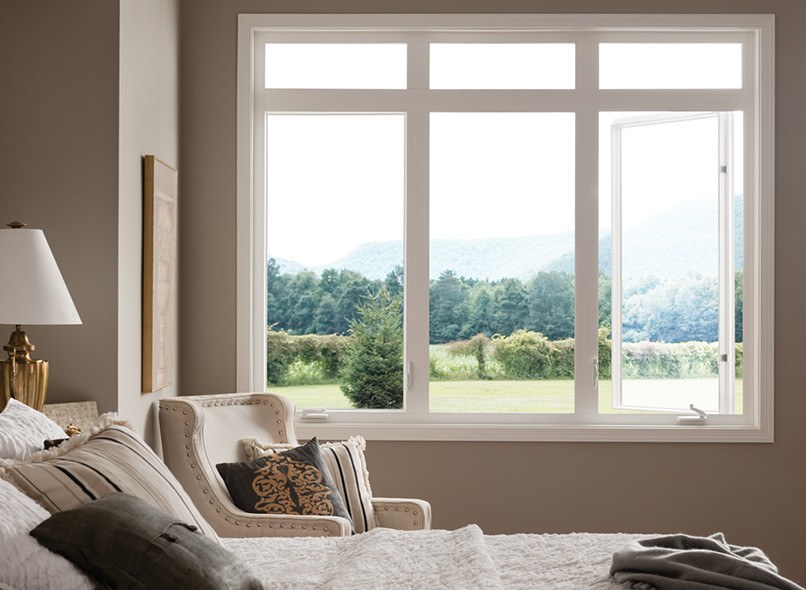
Types of Window Glass Damage
Minor Chips and Small Cracks
Repairable damage characteristics:
- Chips smaller than a quarter (1 inch diameter)
- Single cracks less than 6 inches long
- Surface-level damage not penetrating fully through glass
- Damage away from window edges and corners
Common causes of minor damage:
- Small stones or debris impact
- Thermal stress from temperature changes
- Settlement or minor building movement
- Hail damage with small stones
Repair feasibility factors:
- Location of damage on glass surface
- Age and type of glass
- Accessibility for repair work
- Cost comparison to replacement
Major Cracks and Extensive Damage
Damage requiring replacement:
- Cracks longer than 6 inches
- Multiple intersecting cracks (spider web pattern)
- Cracks extending to window edges
- Holes or punctures through glass
- Shattered or severely fractured glass
Why major damage can’t be repaired:
- Structural integrity compromised
- Safety concerns with weakened glass
- Repair materials inadequate for large areas
- High likelihood of further failure
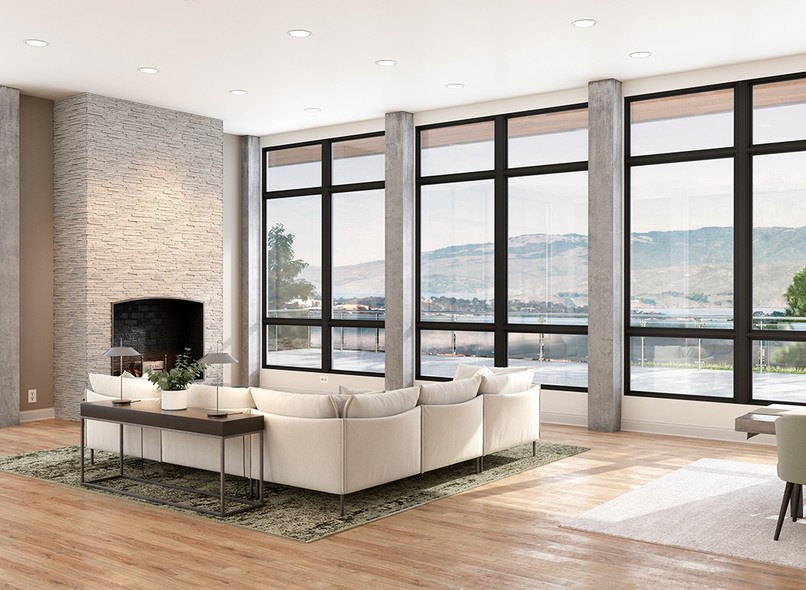
Single-Pane vs. Multi-Pane Considerations
Single-Pane Window Repairs
Repair advantages:
- Direct access to damaged area
- Simpler repair techniques available
- Lower cost than replacement
- Quick repair process possible
Effective repair methods:
- Clear nail polish for tiny chips
- Glass repair resin for small cracks
- Professional glass repair compounds
- Temporary solutions until replacement
Limitations of single-pane repairs:
- Repairs are visible and may affect appearance
- Weakened glass more prone to future damage
- Thermal stress may cause crack extension
- Repairs don’t restore full strength
Double and Triple-Pane Challenges
Why multi-pane repairs are difficult:
- Sealed units require specialized techniques
- Interior glass damage inaccessible for repair
- Seal integrity compromised by damage
- Gas fills may escape through cracks
Multi-pane damage scenarios: Exterior pane damage:
- May be repairable if interior pane intact
- Seal integrity still compromised
- Professional assessment recommended
- Often more cost-effective to replace unit
Interior pane damage:
- Virtually impossible to repair without disassembly
- Requires full insulated unit replacement
- Attempting repair likely destroys seals
- Complete unit replacement usually necessary
Both panes damaged:
- Always requires complete unit replacement
- No repair options available
- May indicate underlying window problems
- Opportunity to upgrade to higher performance glass
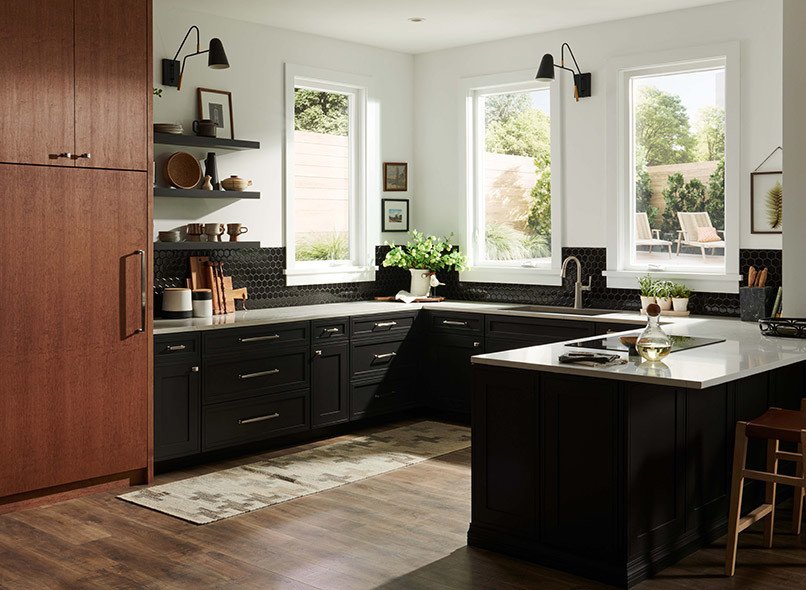
Safety Glass Replacement Requirements
Tempered Glass Considerations
Why tempered glass cannot be repaired:
- Any damage compromises entire piece
- Cutting or drilling causes complete shattering
- Safety standards require full replacement
- No effective repair methods exist
Identifying tempered glass:
- Small etched marking in corner
- Required in doors and large windows
- Shatters into small, cube-like pieces
- Mandated by building codes in certain locations
Tempered glass replacement process:
- Must be manufactured to exact specifications
- Cannot be cut or modified after tempering
- Professional measurement and ordering required
- Installation requires careful handling
Laminated Glass Repair Limitations
Laminated glass characteristics:
- Two or more glass layers with plastic interlayer
- Holds together when cracked (like car windshields)
- Common in impact-resistant and security applications
- More complex repair considerations
Repair possibilities:
- Small chips may be repairable if only affecting outer layer
- Cracks penetrating interlayer require replacement
- Professional assessment essential
- Safety and security effectiveness compromised
When replacement is mandatory:
- Damage affecting both glass layers
- Interlayer separation or delamination
- Large cracks compromising structural integrity
- Security or impact resistance no longer effective
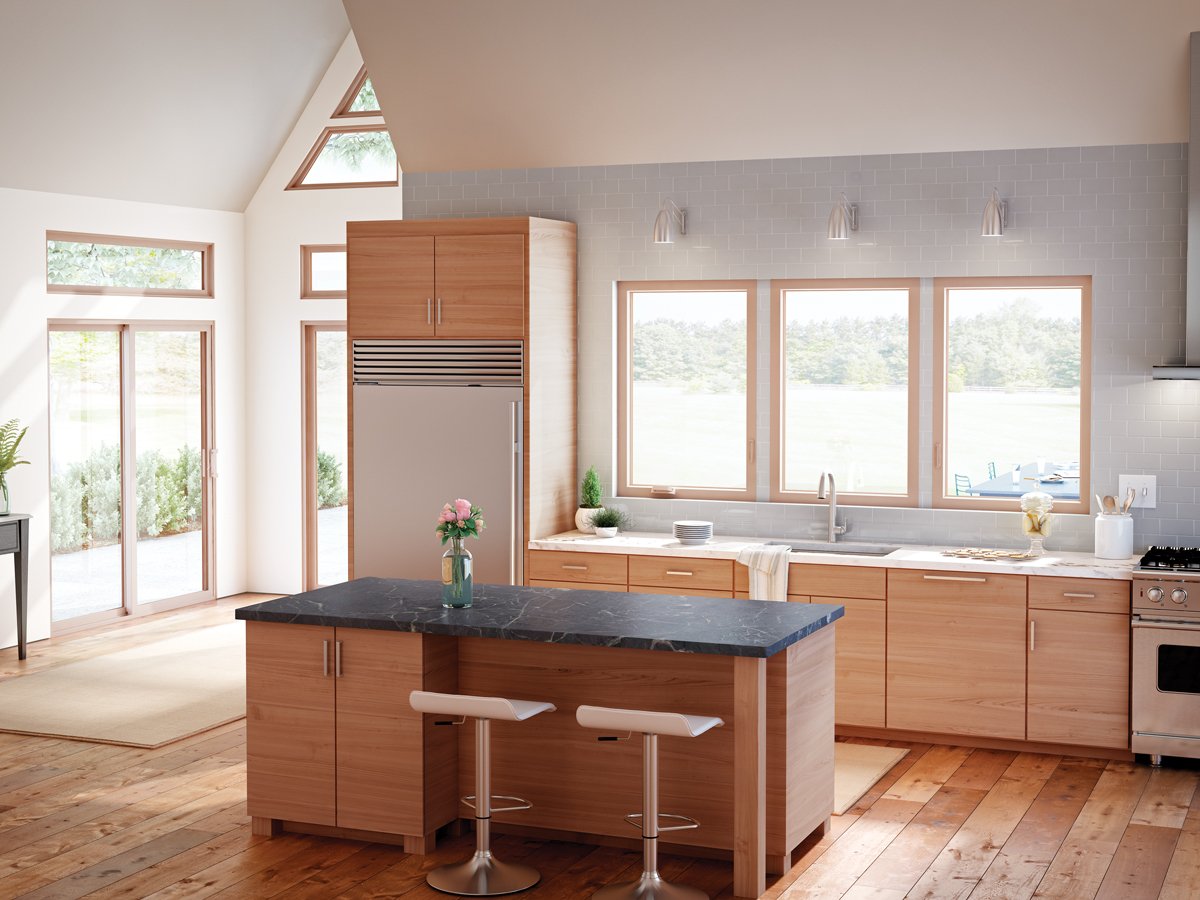
Repair Methods and Costs
DIY Repair Options
Temporary fixes for emergency situations:
- Clear tape for small cracks (temporary only)
- Clear nail polish for tiny chips
- Cardboard and plastic sheeting for large breaks
- These are emergency measures, not permanent solutions
Semi-permanent DIY repairs:
- Glass repair resin kits ($10-$30)
- UV-curing repair compounds
- Two-part epoxy systems
- Results vary widely based on damage and skill
DIY repair limitations:
- Limited to very small damage
- Repairs are usually visible
- May not prevent crack extension
- No guarantee of effectiveness or longevity
Professional Repair Services
Professional repair capabilities:
- Specialized resin injection techniques
- Professional-grade repair compounds
- Proper surface preparation and finishing
- Better color matching and clarity
Professional repair costs:
- Small chip repair: $75-$150
- Short crack repair: $100-$200
- Multiple small repairs: $150-$300
- Emergency service premium: 25-50% additional
Professional assessment value:
- Determine repairability accurately
- Identify underlying causes
- Recommend preventive measures
- Provide realistic expectations for repair longevity
Glass Replacement Costs
Single-pane glass replacement:
- Standard clear glass: $3-$6 per square foot
- Labor and materials: $150-$300 total
- Emergency service: $200-$400
- Includes removal, new glass, glazing compound
Insulated unit replacement:
- Double-pane unit: $150-$400 installed
- Triple-pane unit: $250-$600 installed
- High-performance glass: $300-$800 installed
- Emergency replacement: Add 25-50% premium
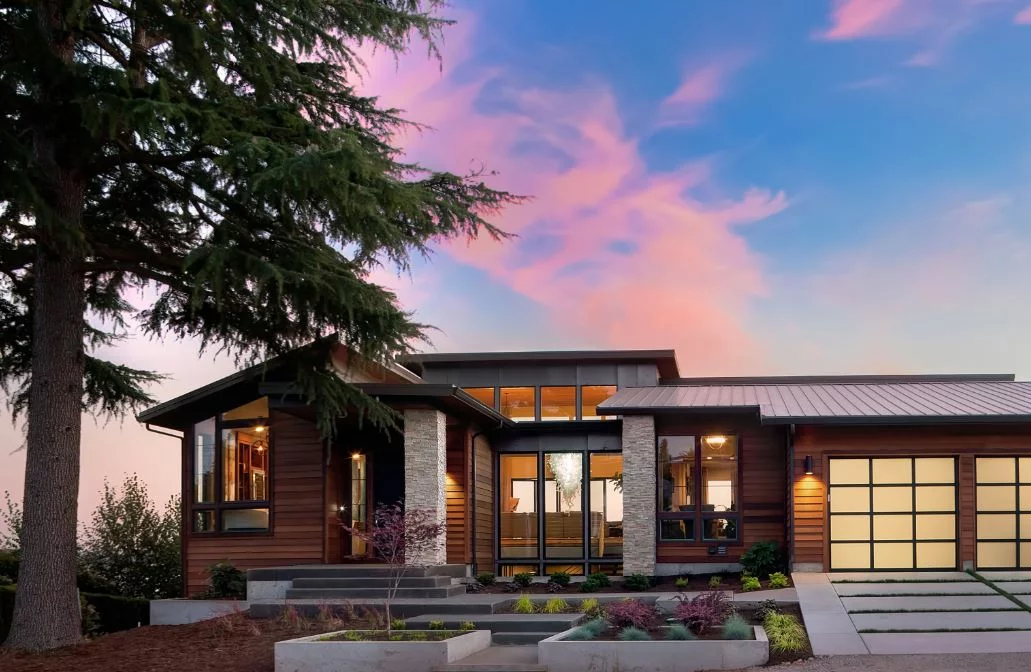
Decision Factors: Repair vs. Replace
Economic Considerations
When repair makes financial sense:
- Repair cost less than 30% of replacement cost
- Window frame and hardware in good condition
- Recent window installation with good remaining life
- Budget constraints preventing replacement
When replacement is more economical:
- Repair costs approaching 50% of replacement cost
- Multiple glass units needing attention
- Old windows with poor energy efficiency
- Recurring damage problems
Performance Impact Analysis
How repairs affect window performance:
- Energy efficiency may be reduced
- Structural integrity compromised
- Aesthetic appearance affected
- Future reliability uncertain
Replacement performance benefits:
- Restored full energy efficiency
- Modern safety and security features
- Warranty coverage on new glass
- Opportunity for performance upgrades
Long-Term Considerations
Factors favoring repair:
- Temporary solution until planned replacement
- Historic windows requiring preservation
- Custom or specialty glass expensive to replace
- Minor damage with low failure risk
Factors favoring replacement:
- Repeated damage indicating underlying problems
- Opportunity to upgrade to better performance
- Safety concerns with compromised glass
- Warranty and insurance considerations
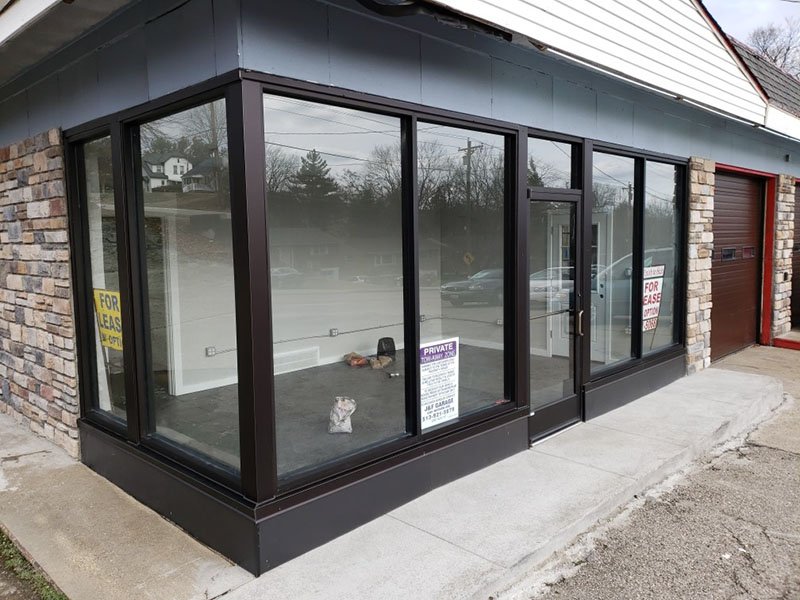
Emergency vs. Planned Response
Emergency Damage Response
Immediate safety priorities:
- Secure area to prevent injury from glass shards
- Protect interior from weather exposure
- Document damage for insurance purposes
- Arrange temporary protection if needed
Emergency repair services:
- 24/7 availability for urgent situations
- Temporary weatherproofing and security
- Emergency glass replacement
- Premium pricing for immediate response
Temporary protection methods:
- Plywood boarding for large openings
- Plastic sheeting and tape for small areas
- Security film to hold cracked glass temporarily
- Professional emergency glazing services
Planned Repair and Replacement
Benefits of non-emergency scheduling:
- Better pricing and contractor selection
- Time for proper assessment and planning
- Coordination with other window work
- Access to wider range of glass options
Planning considerations:
- Weather timing for exterior work
- Occupant schedule coordination
- Material ordering and availability
- Permit requirements if applicable
Insurance Claim Considerations
Damage types typically covered:
- Storm damage (wind, hail, falling debris)
- Vandalism and break-ins
- Accidental damage depending on policy
- Some policies exclude certain damage types
Documentation requirements:
- Photographs of damage from multiple angles
- Professional assessment and estimates
- Police reports for vandalism
- Weather reports for storm damage
Insurance process factors:
- Deductible amounts vs. repair costs
- Replacement cost vs. actual cash value coverage
- Preferred contractor networks
- Claim impact on future premiums
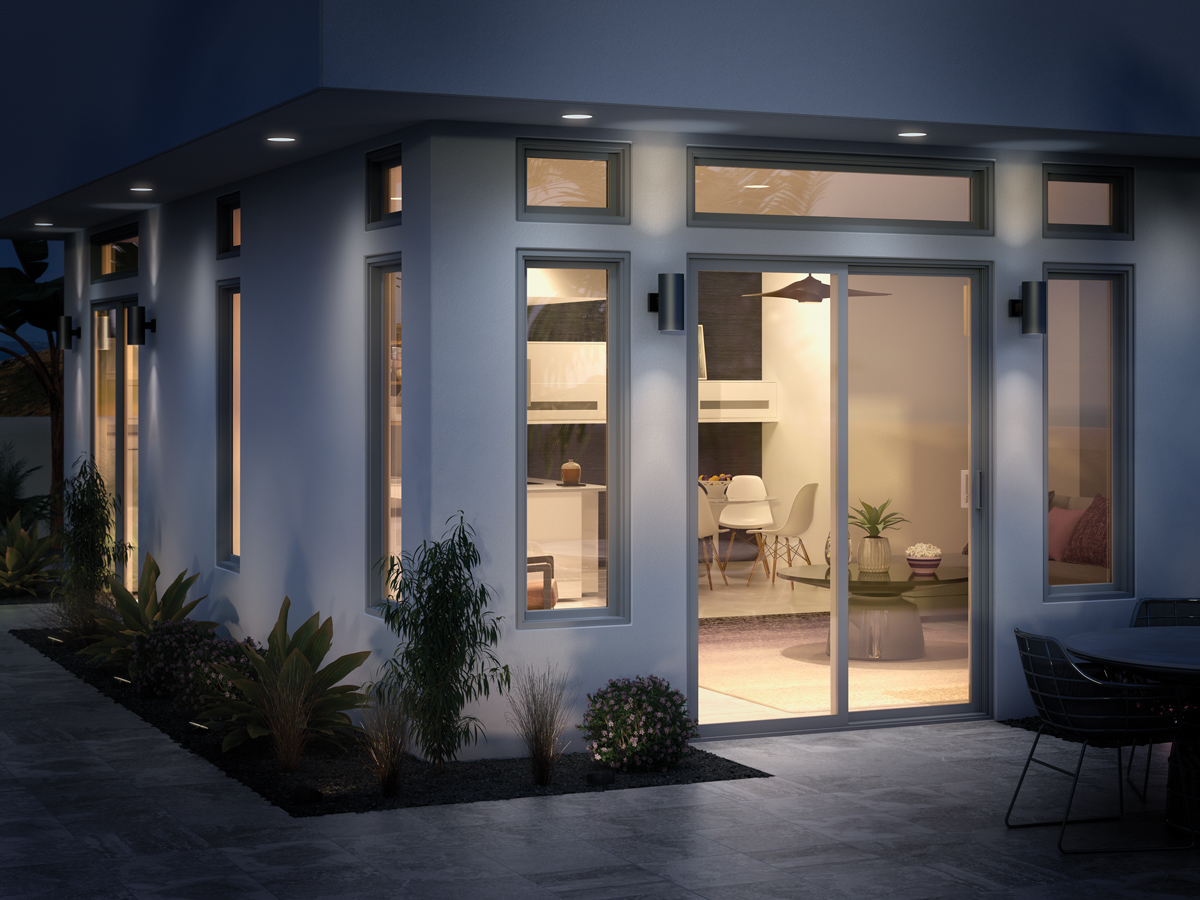
Preventing Future Glass Damage
Common Damage Prevention
Thermal stress prevention:
- Avoid extreme temperature differentials
- Proper window shading in hot climates
- Adequate ventilation to prevent heat buildup
- Quality installation to prevent frame stress
Impact damage prevention:
- Trim vegetation near windows
- Secure outdoor furniture and decorations
- Install storm shutters in severe weather areas
- Consider protective film for high-risk locations
Building movement considerations:
- Address foundation settling issues
- Ensure proper building maintenance
- Monitor for signs of structural movement
- Professional assessment for recurring problems
Protective Measures
Security and safety films:
- Hold glass together when broken
- Reduce injury risk from flying glass
- Provide some impact resistance
- Clear or tinted options available
Storm protection options:
- Removable storm panels
- Permanent storm shutters
- Impact-resistant glass upgrades
- Protective screens and awnings
Environmental protection:
- UV-filtering films to reduce thermal stress
- Proper drainage around windows
- Weather-resistant glazing compounds
- Regular maintenance and inspection
Professional Assessment Process
When to Call Professionals
Situations requiring expert evaluation:
- Safety glass damage of any size
- Multiple pane units with damage
- Recurring damage problems
- Uncertainty about repair viability
Professional assessment includes:
- Complete window condition evaluation
- Damage cause analysis
- Repair vs. replacement recommendations
- Cost-benefit analysis for different options
What Professionals Evaluate
Structural assessment factors:
- Glass type and construction
- Frame condition and integrity
- Seal condition in multi-pane units
- Overall window performance
Safety considerations:
- Building code compliance
- Safety glass requirements
- Structural integrity concerns
- Emergency egress functionality
Economic analysis:
- Repair cost vs. replacement cost
- Energy efficiency impact
- Long-term performance expectations
- Warranty and insurance implications
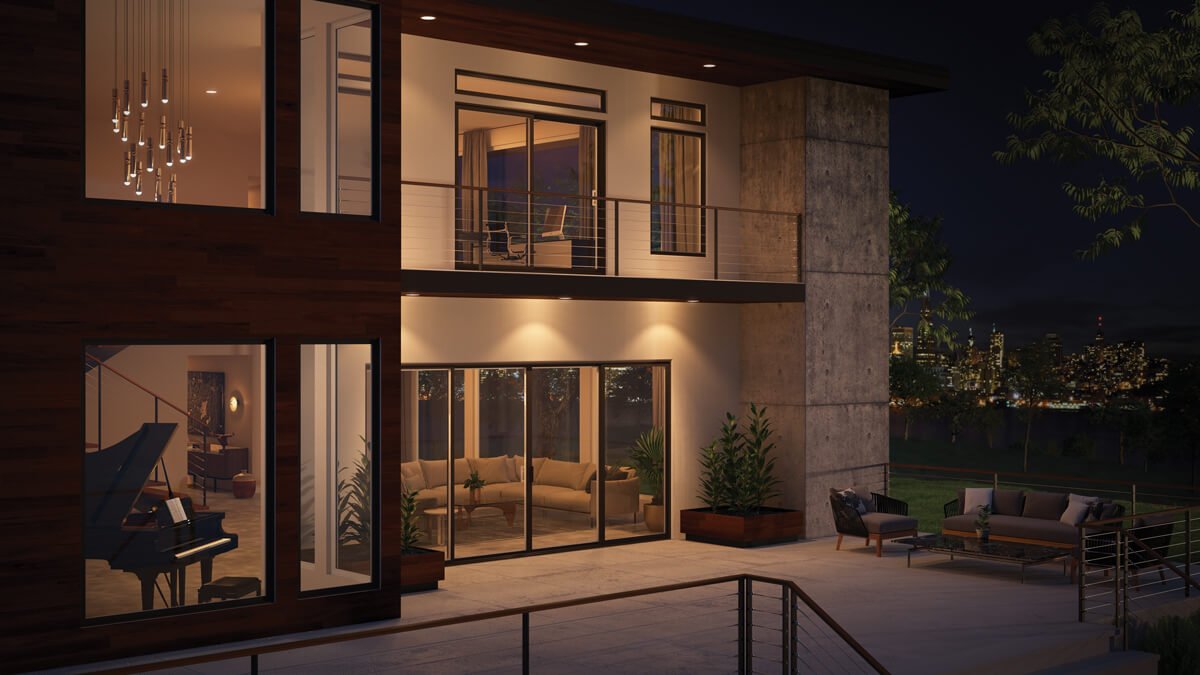
The Bottom Line
The decision to repair or replace cracked window glass depends on the size and location of damage, type of glass, and overall window condition. Small chips and cracks in single-pane windows can often be repaired cost-effectively, while damage to multi-pane units or safety glass typically requires replacement.
Professional assessment is valuable for determining the best course of action, especially for expensive or complex window systems. Consider both immediate costs and long-term performance when making repair vs. replacement decisions.
Remember that repairs are often temporary solutions that may not restore full performance or prevent future problems. In many cases, glass replacement or complete window replacement provides better long-term value, especially when energy efficiency and safety are priorities.
At Utah Window Experts, we provide comprehensive glass damage assessment to help determine whether repair or replacement is the most appropriate and cost-effective solution. Our experienced technicians can handle everything from minor repairs to complete window replacement, ensuring your windows maintain safety, security, and energy efficiency.